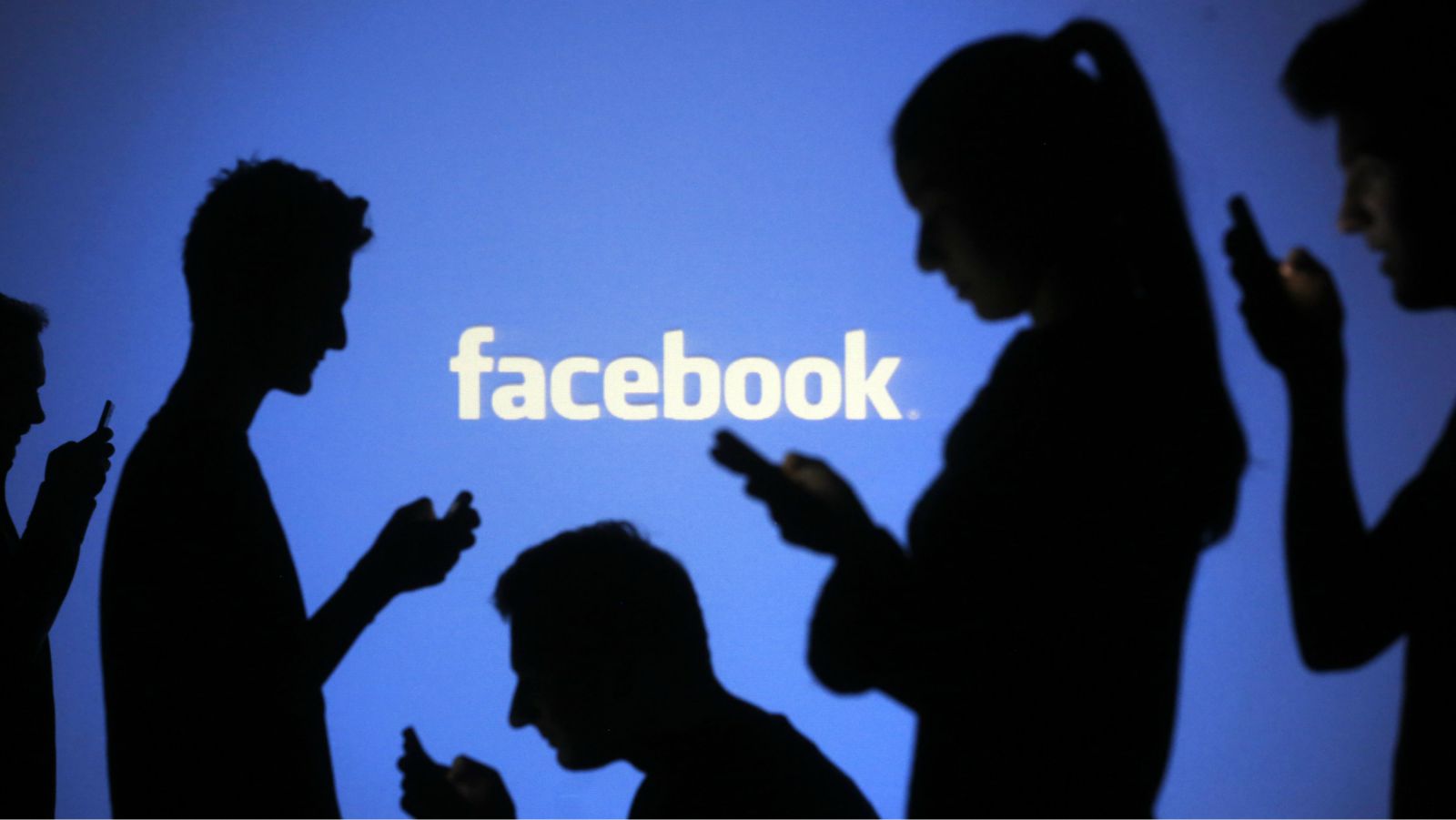This is why you’re inadvertently watching more Facebook ads
The advertising industry is poised to mark a major milestone: 2016 is projected to be the first year in which spending on digital ads will surpass TV.


The advertising industry is poised to mark a major milestone: 2016 is projected to be the first year in which spending on digital ads will surpass TV.
We’ve been heading in this direction for a while, but Facebook ads—deemed obnoxious by some, yet surprisingly effective—may finally be tipping the scales. RBC Capital Markets analyst Mark Mahaney argues that autoplay video ads, in particular, are leading the shift.
“This is something that really started cadencing in the last year,” Mahaney said during a recent presentation, citing Facebook’s 8 billion daily video views.
Facebook videos start playing automatically as soon as a user scrolls over them, and this autoplay feature—launched globally in 2014—accomplishes a rare feat in the age of ad blockers: It actually gets people to watch ads.
The format only offers advertisers a few fleeting moments to make an impression, in what Facebook calls the 3-second audition. And since the videos preview without sound, unlike the jarring ad units on many publisher sites, the visuals need to be truly eye-catching. The result seems to be simply better advertising.
Facebook’s best practices for video creative recommend opening with “beautiful imagery” or “on-screen text,” for example.
“You really have to leverage those first few moments to drive people’s attention,” Graham Mudd, who leads Facebook’s product marketing for brand advertisers, told Quartz.
When people click to play the full video, they tend to be more engaged, Mudd said. But the ad has to deliver. Shorter ads, around 15 seconds or less, perform best, Mudd said, so he recommends telling stories in small doses.
Facebook’s autoplay video format was born out of research by the social network that found click-to-play was a huge obstacle on mobile—where the core of Facebook’s users are.
“In the desktop world, the predominant model is click-to-play and people get annoyed by autoplay,” said Mudd. “But in a feed-based environment where consumers’ behavior is to scroll and quickly diagnose whether an ad is of interest, that barrier of asking the user to click really interferes with the user experience.”
The autoplay roll out has been a little rocky—the videos initially swallowed up users’ mobile data plans and inadvertently exposed some people to inappropriate content. But Facebook moved to eradicate those issues, swiftly removing inappropriate posts and allowing users to enable autoplay only when their phones were connected to WiFi.
Earlier this year, the platform was also scaled to third-party apps within Facebook’s mobile ad network to make the videos more accessible.
Other platforms, like Twitter and Instagram, have taken cues from Facebook and introduced autoplay features as well. But they have yet to be monetized to the extent that Facebook has been.
Mahaney estimates that Facebook autoplay video ads garner $1 to $2 billion a year in revenue for the social network. Overall, Facebook earned $12.5 billion in revenue in 2014, according to earnings reports. And it’s paced to top that by 40% this year, RBC Capital estimates.
A Facebook spokesperson declined to reveal how much revenue video ads brings in, how many people are watching the ads, or how many marketers use the ad unit. But, within the last year, the total number of active advertisers on Facebook has risen 25% to 2.5 million, Facebook said in September.
A majority of the video ads that run on Facebook are commercials that run elsewhere, like on TV, and have been slimmed down for the platform, Mudd said. Earlier this year, the social network also began using target rating point metrics—a key metric for TV ads—to determine the costs of digital video ads, making it easier for advertisers to plan, execute, and measure cross-platform campaigns.
A Facebook-backed Nielsen study that analyzed 42 US cross-platform advertising campaigns found that those that combined TV and Facebook ads saw a 19% increase in targeted reach compared to TV alone.
“It still is early days,” Mudd cautioned. “If you think about mobile as a new platform in the way that TV was a new platform in the age of radio, it’s going to take some time and lot of experimentation and a lot of really good measurements, frankly, to understand what works to maximum impact for advertisers.”